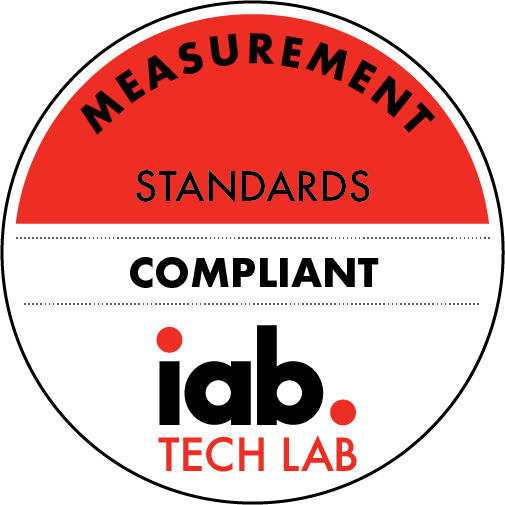Iron Metabolism
Description
Dr Hal Drakesmith tells us how his work on iron availability can help us fight infections. Iron plays essential biochemical roles in oxygen binding, ATP synthesis and DNA metabolism. It also influences infection outcomes, since pathogens can resist the immune system when iron availability is high, leading to rapid infection. The level of iron available in different tissues is controlled by the small peptide hormone hepcidin. Dr Hal Drakesmith is investigating how hepcidin is modulated during infection to identify new ways of combating infectious diseases such as HIV, malaria and Hepatitis C. Creative Commons Attribution-Non-Commercial-Share Alike 2.0 UK: England & Wales; http://creativecommons.org/licenses/by-nc-sa/2.0/uk/
More Episodes
Professor Chris O'Callaghan tells us about the role of our immune system in vascular disease. The accumulation of fat in the arteries, such as cholesterol, can cause a thickening of the artery wall known as atherosclerosis. Professor Chris O'Callaghan is researching the role of the innate immune...
Published 06/11/13
Published 06/11/13
Professor Kay Grunewald tells us how structural cell biology can help us understand virus infection. Cells constitute the smallest autonomous units of life. The tightly regulated structural and functional organisation is currently only rudimentary understood. Professor Kay Grünewald uses electron...
Published 04/29/13


